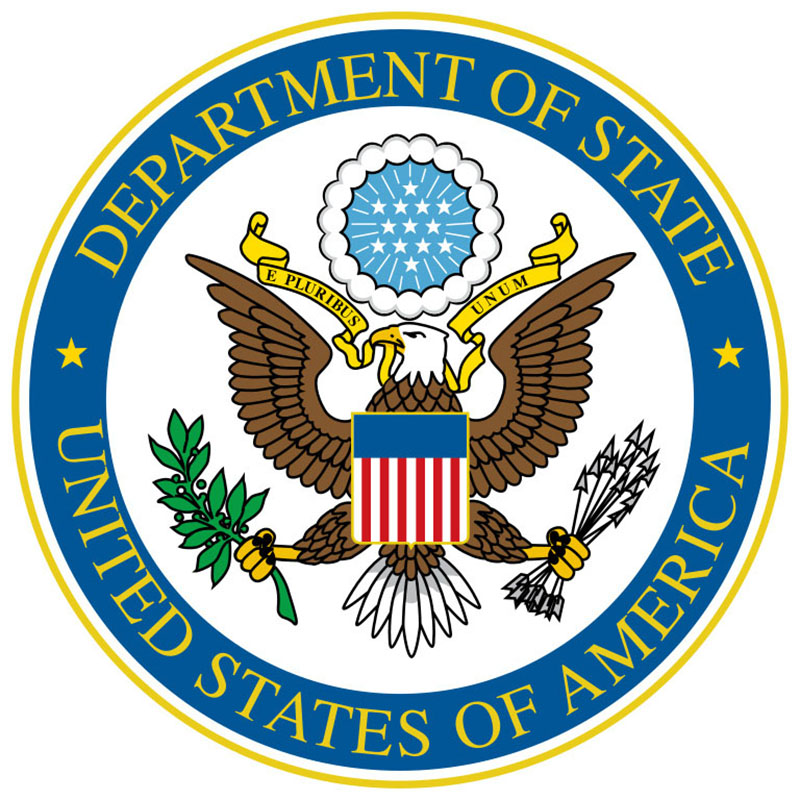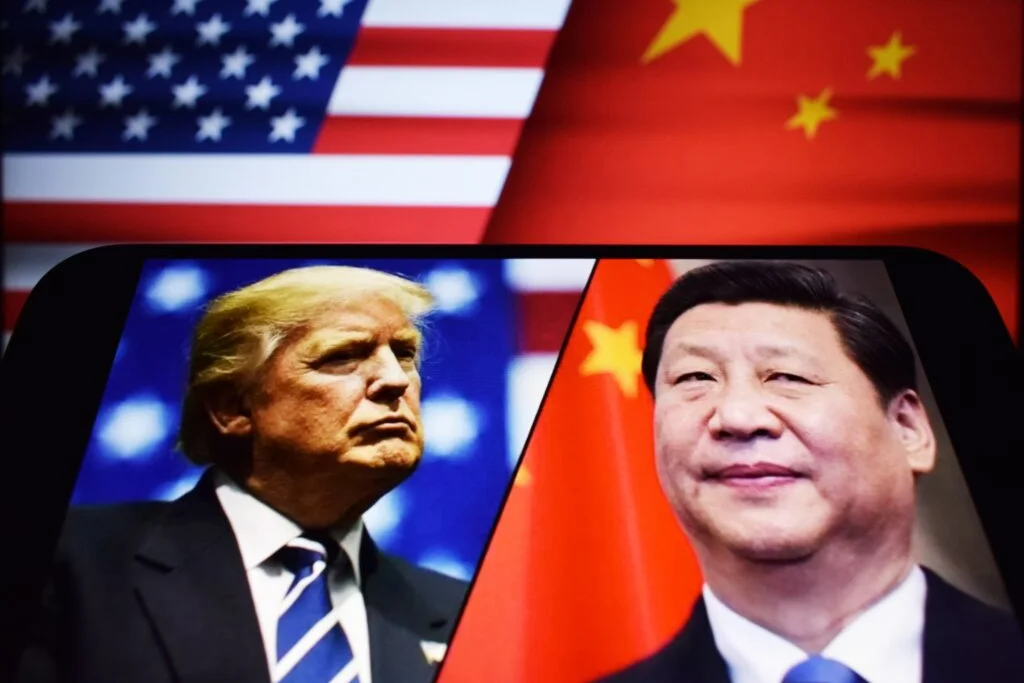By Stabroek News
Copyright stabroeknews

Ask-the-Consul Installment 25-09
Navigating the immigrant visa process can be complex, especially when trying to understand key concepts like the Visa Bulletin, priority dates, and appointment eligibility. In this edition of Ask-the-Consul, we will provide answers to common questions, including how visa availability is determined, what happens if children “age out”, and steps to take when your priority date becomes current.
What is the Visa Bulletin?
The Visa Bulletin is a monthly publication issued by the U.S. Department of State that provides updates on the availability of immigrant visa numbers. It is used to determine when applicants in certain visa categories can proceed with their applications. The bulletin includes two key charts:
Final Action Dates: Indicates when visas can be issued.
Dates for Filing: Indicates when applicants can submit required documents to begin processing.
What are priority dates?
A priority date is the date when your immigrant visa petition (Form I-130 or Form I-140) was filed with U.S. Citizenship and Immigration Services (USCIS). This date establishes your place in line for a visa number within your category and country of chargeability.
Where can I find my Priority Date?
Your priority date is listed on the receipt notice (Form I-797) issued by USCIS after your immigrant visa petition is filed. If you no longer have the receipt notice, you can contact USCIS or the National Visa Center (NVC) for assistance. Ensure you keep this date readily available, as it determines your place in line for a visa number and is essential for tracking your case in the Visa Bulletin.
How do the Visa Bulletin and priority dates affect my eligibility for an appointment?
Your eligibility for an immigrant visa appointment depends on whether your priority date is “current” in the Visa Bulletin. If your priority date falls before the date listed in the “Final Action Dates” chart for your visa category and country, you may be eligible for an appointment. If your priority date is not yet current, you must wait until visa numbers become available.
Why do priority dates move forward or backward?
Priority dates can advance, retrogress, or remain unchanged based on visa demand, annual numerical limits, and processing capacity. Retrogression occurs when the demand for visas exceeds the supply, causing previously available dates to become unavailable.
What are annual visa limits, and how do they affect visa availability?
Each fiscal year, U.S. immigration law sets numerical limits on the number of immigrant visas available for certain categories and countries. These limits are divided among family-sponsored, employment-based, and diversity visa categories, as well as by country of chargeability. When demand exceeds the annual limit, visa availability may be delayed, and priority dates may retrogress. This is why some applicants must wait months or years for their priority date to become current.
What happens if my child turns 21 while waiting for a visa?
When a child turns 21, they may “age out” of eligibility for derivative status as a child under immigration law. However, the Child Status Protection Act (CSPA) may help preserve their eligibility. CSPA calculates the child’s age based on the time the petition was pending with USCIS and subtracts that time from their biological age. If the adjusted age is under 21 when the priority date becomes current, the child may still qualify as a derivative beneficiary.
How can I check the Visa Bulletin and track my priority date?
The Visa Bulletin is published monthly on the U.S. Department of State website at https://travel.state.gov/content/travel/en/legal/visa-law0/visa-bulletin.html. To track your priority date, compare it to the dates listed in the bulletin for your visa category and country.
What should I do if my priority date becomes current?
If your priority date becomes current, follow the instructions provided by the National Visa Center (NVC) or the U.S. Embassy handling your case. This typically involves submitting required documents, paying fees, and scheduling an interview. If you do not receive timely instructions, send an inquiry to NVC using their Public Inquiry Form at https://nvc.state.gov/inquiry.
Can I expedite my visa processing?
Expedited processing may be available in certain circumstances, such as urgent humanitarian needs or severe hardship. However, the applicant’s priority date MUST still be current. Requests for expedited processing must be submitted with supporting documentation and are evaluated on a case-by-case basis by the National Visa Center, not the U.S. Embassy. Requests with supporting documents may be submitted by email to [email protected]. Please DO NOT send an expedite request if your priority date is not yet current.
Where can I learn more about the immigrant visa process?
Detailed information about the immigrant visa process can be found at https://travel.state.gov/content/travel/en/us-visas/immigrate.html.
“Ask the Consul” is a monthly column from the U.S. Embassy answering questions about U.S. immigration law and other Consular topics. Detailed information about visas can be viewed at https://gy.usembassy.gov/, https://ais.usvisa-info.com/, and https://travel.state.gov/. Information about American Citizen Services can be found at https://gy.usembassy.gov/services/.
Applicants are strongly encouraged to prepare their own documents and avoid third-party advice. Consular processes change frequently, and non-U.S. government advisors often provide inadequate or inaccurate information. Please contact our Visa Information Service Center using the contact information at https://ais.usvisa-info.com/en-gy/niv/information/contact_us if you have general visa questions.



